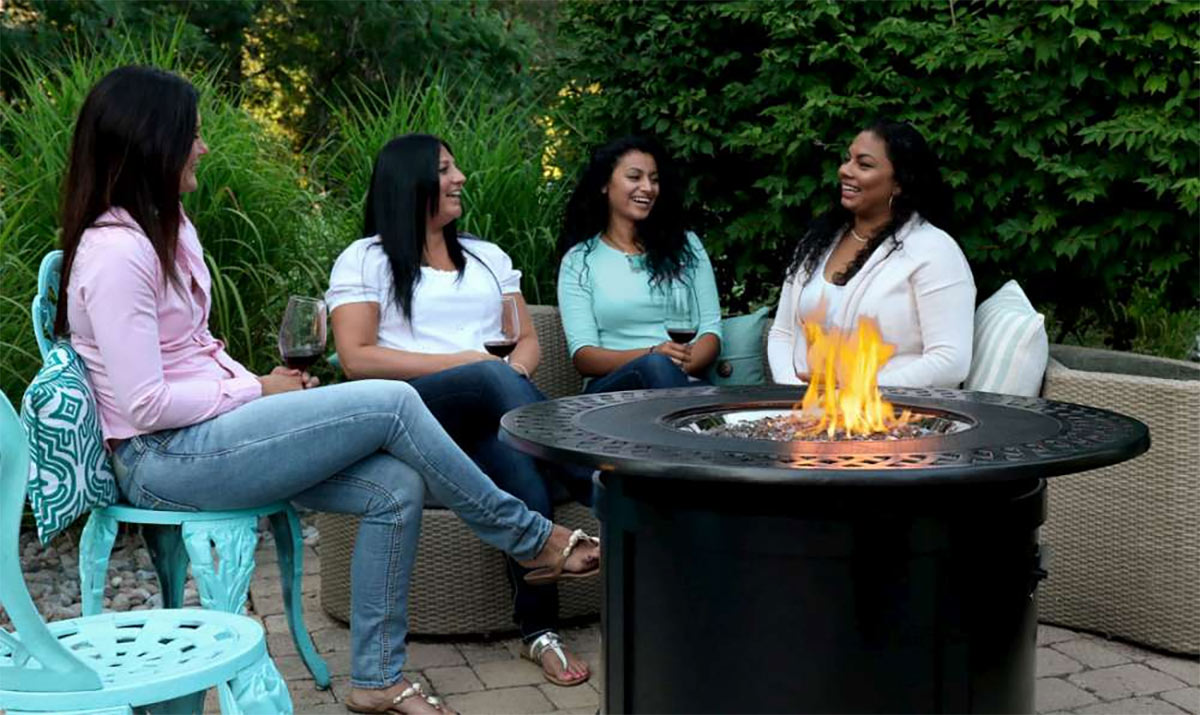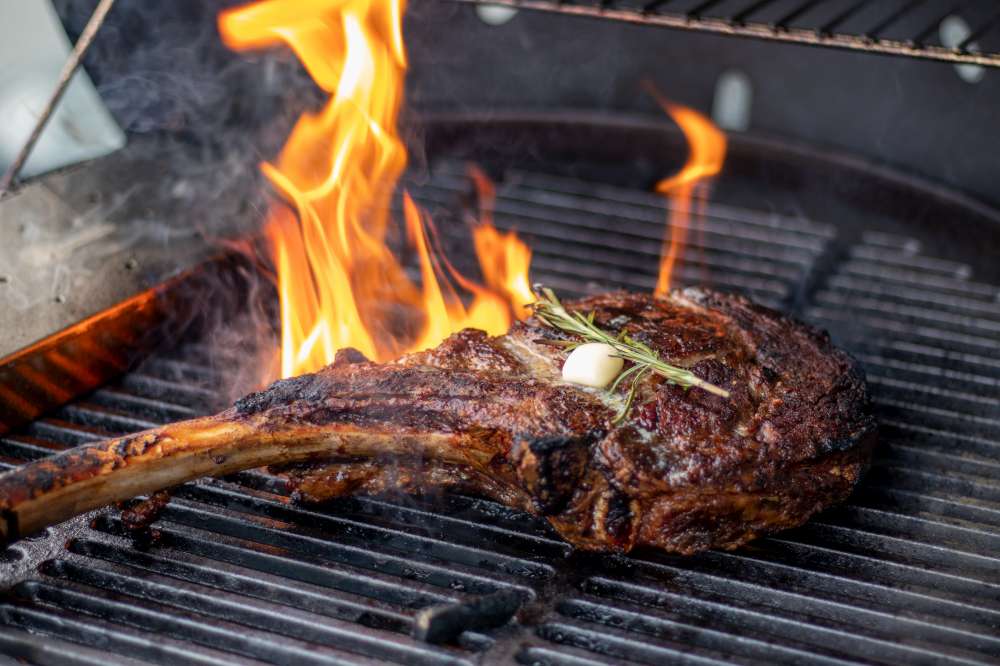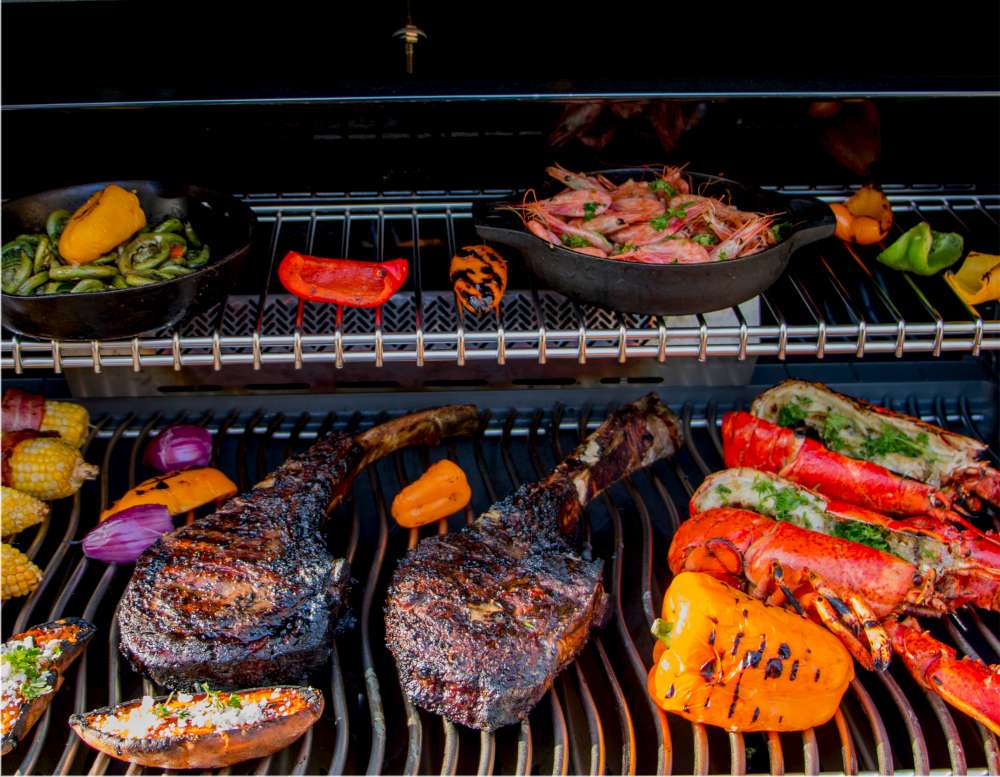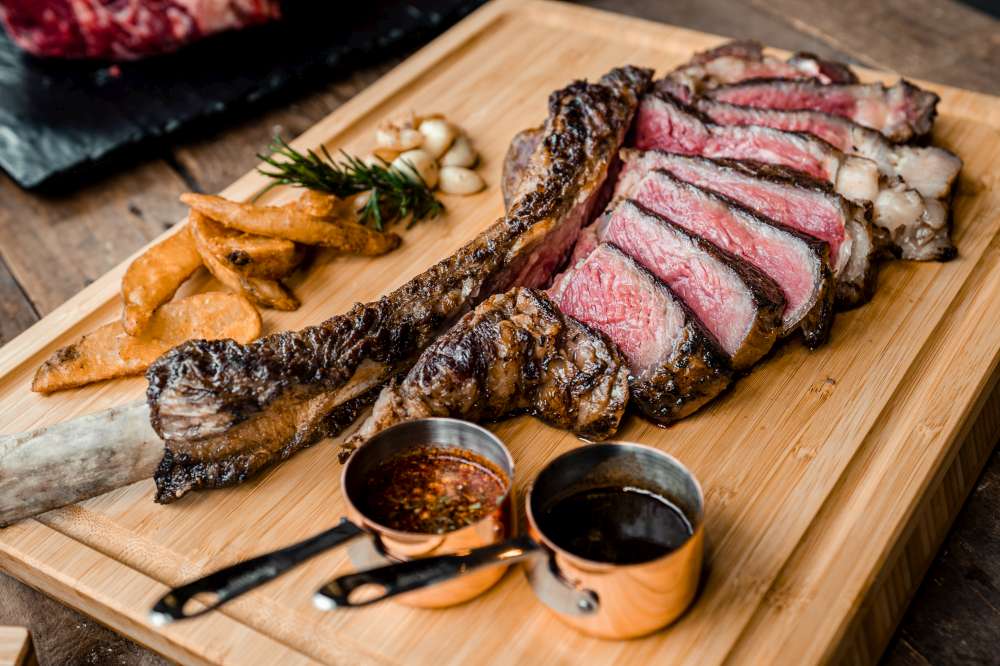When it comes to mastering the art of barbecue, having the right accessories can make all the difference. Whether you’re a seasoned grill master or just getting started, these essential BBQ accessories will help you take your grilling game to the next level.
Gloves
Let’s start with the basics – gloves. Overcome the limitations of traditional mitts with gloves designed for barbecue enthusiasts. Made from materials like suede or aramid fibers, these gloves provide superior heat resistance and dexterity. They’re perfect for handling hot plates, grill grates, and other objects while ensuring a secure grip.
Wine-Soaked Cedar Grilling Plank
For a unique and flavorful twist to your grilled dishes, consider using a wine-soaked cedar grilling plank. Made from untreated wood, this plank imparts a delightful smoky wine flavor to your food. It’s an excellent alternative to traditional cedar boards and adds a touch of sophistication to your grilling experience.
Shredding Claws
If you love pulled pork, beef, or chicken, stainless-steel shredding claws are a must-have accessory. These versatile tools make shredding meats a breeze. Additionally, they can be used to hold foods in place while cutting or transferring them from the grill to your plate.
Vegetable Roast Rack
Even vegetarians can enjoy the wonders of the grill with a stainless-steel vegetable roast rack. Elevate your vegetables while cooking, thanks to its convenient openings of variable dimensions. Try it with a delicious recipe for grilled peppers stuffed with vegetarian chili for a satisfying meatless option.
Terrace Protection Carpet
Accidents can happen, but you can prevent them with a specialized fireproof carpet designed to protect your terrace. Not only does it shield your deck from stains and messes, but it also provides extra protection against fire hazards. Plus, it’s easy to clean, making post-grilling cleanup a breeze.
The Scraper
Say goodbye to grill brushes’ bristle problems with the innovative scraper. Crafted from renewable materials like cedar or maple wood, this spatula-shaped tool molds to your grill grates over time. It’s eco-friendly, safe, and effective at cleaning, making it a game-changer for grill maintenance.
Baking Sheet
A clean grill is essential, and a non-stick baking sheet is your best ally in achieving this. Cookina’s reusable baking sheet is not only eco-friendly but also easy to clean and capable of withstanding high temperatures. Say goodbye to grease-related flare-ups and hello to perfectly grilled delights.
Steam Brush
To keep your grill immaculate, consider a steam brush. Unlike traditional brushes, this innovative tool uses steam to soften residue on the grill, making it easier to remove. Its stainless steel bristles ensure thorough cleaning, leaving your grill grates spotless.
Himalayan Pink Salt Slab
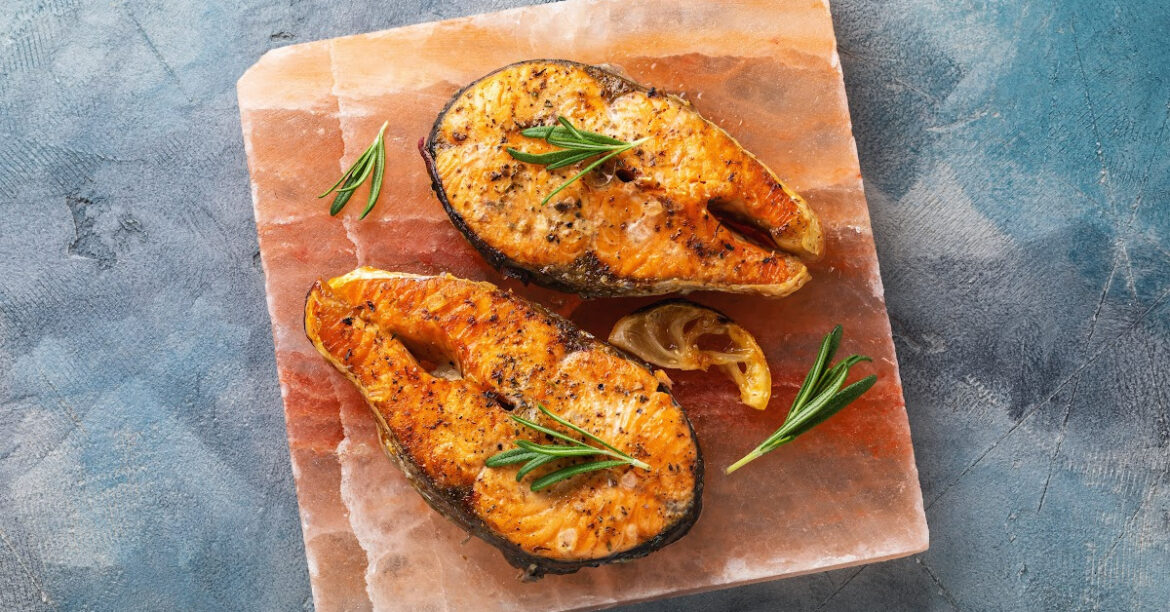 Elevate your grilled or baked dishes with a Himalayan pink salt slab. Mined from the Himalayas in Pakistan, this natural, iron-rich mineral salt is renowned for its purity. When heated gradually on your grill, it imparts a unique flavor and presentation to your food that’s sure to impress your guests.
Elevate your grilled or baked dishes with a Himalayan pink salt slab. Mined from the Himalayas in Pakistan, this natural, iron-rich mineral salt is renowned for its purity. When heated gradually on your grill, it imparts a unique flavor and presentation to your food that’s sure to impress your guests.
Wok by Napoleon
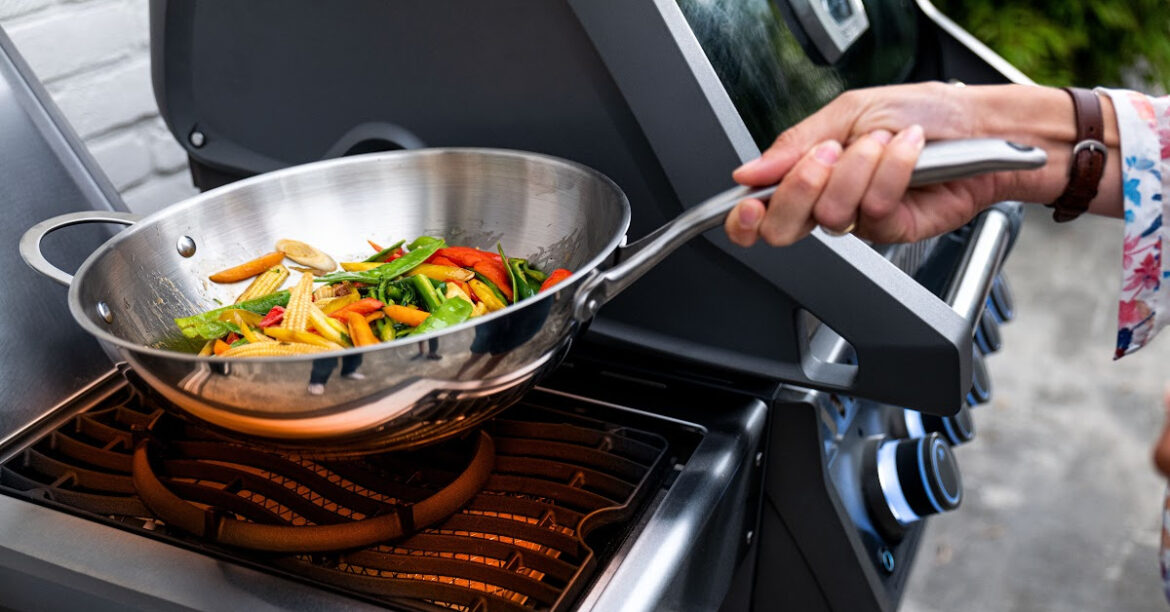 Vegetable lovers, rejoice! Woks aren’t just for stir-fries; you can use them on the barbecue too. Whether you’re cooking up a side dish or a whole chicken on a beer can, there’s a wok for the job. Experiment with diverse flavors and textures right on your grill.
Vegetable lovers, rejoice! Woks aren’t just for stir-fries; you can use them on the barbecue too. Whether you’re cooking up a side dish or a whole chicken on a beer can, there’s a wok for the job. Experiment with diverse flavors and textures right on your grill.
Rotisserie Kit
Take your grilling adventures to new heights with a rotisserie kit. Perfect for evenly cooking large cuts of meat or poultry, this accessory ensures succulent and flavorful results. Whether it’s a chicken on a can of beer or a prime rib roast, the rotisserie kit has got you covered.
Additional Lighting
As the days get shorter, having adequate lighting is crucial for successful grilling. An LED light can illuminate your cooking area, allowing you to grill with confidence even after the sun goes down. Enjoy extended BBQ sessions and perfectly cooked dishes with the right lighting.
Cookina Reusable Grilling Sheet
This ingenious grilling sheet from Cookina is a game-changer. Reusable and easy to clean, it enables oil-free and fat-free cooking while preventing flare-ups. Ideal for protecting the environment and simplifying cleanup, it’s a versatile alternative to traditional aluminum foil.
Grill Thermometer
To achieve perfect doneness every time, a grill thermometer is an indispensable bbq accessory. Monitor the internal temperature of your meats with precision, ensuring they’re cooked to perfection and safe to eat.
Grill Basket
Grill small or delicate items like vegetables, seafood, or diced meats with ease using a grill basket. No more worrying about your food falling through the grates.
Marinade Injector
Inject extra flavor into your meats by using a marinade injector. This handy tool allows you to infuse marinades, brines, or flavorings directly into the meat, resulting in enhanced taste and tenderness.
BBQ Tongs
Upgrade your grilling utensils with BBQ-specific tongs featuring long handles for easy food handling. They’re designed for precision and control when flipping and serving your grilled creations.
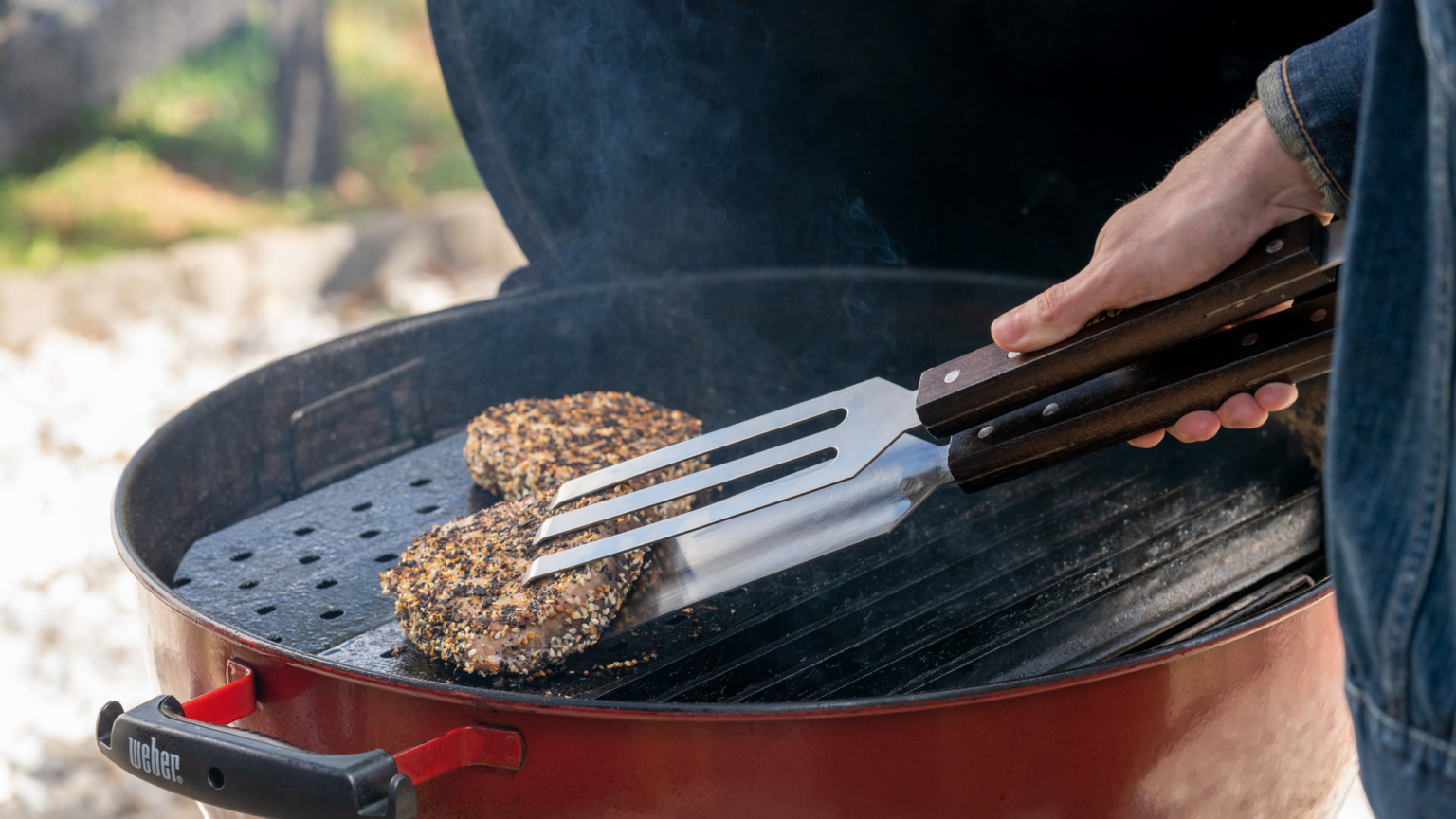
ComboTong by Grill Grate
Smoker Box
Enhance the smoky flavor of your grilled dishes with a smoker box. Ideal for gas grills, these boxes hold wood chips, infusing your food with that irresistible smokiness.
Grill Cover
Protect your grill from the elements and extend its lifespan with a durable grill cover. It’s a simple yet essential accessory to keep your grill in top condition.
Grill Cleaning Tools
Keep your grill in pristine condition with dedicated cleaning tools. Options like grill stones, wipes, or cleaning sprays make maintaining your grill easier than ever.
Skewers
For delicious kebabs, invest in skewers. They come in various materials, including metal and bamboo, and are perfect for grilling meat and vegetables.

Skewers by Napoleon
Grill Mat
Prevent food from sticking to your grill grates by using a non-stick grill mat. These mats make grilling delicate items like fish or small vegetables a breeze.
Meat Claws
Make shredding meats like pulled pork or chicken effortless with meat claws. They’re designed for pulling apart cooked meats quickly and efficiently.
Grill Grate Lifter
If you have a grill with removable grates, a grate lifter is a handy tool for adding charcoal, wood, or maintaining the fire easily.
BBQ Apron
Stay clean and stylish while grilling with a BBQ apron. It’s not just practical; it’s a statement piece for every grill enthusiast.
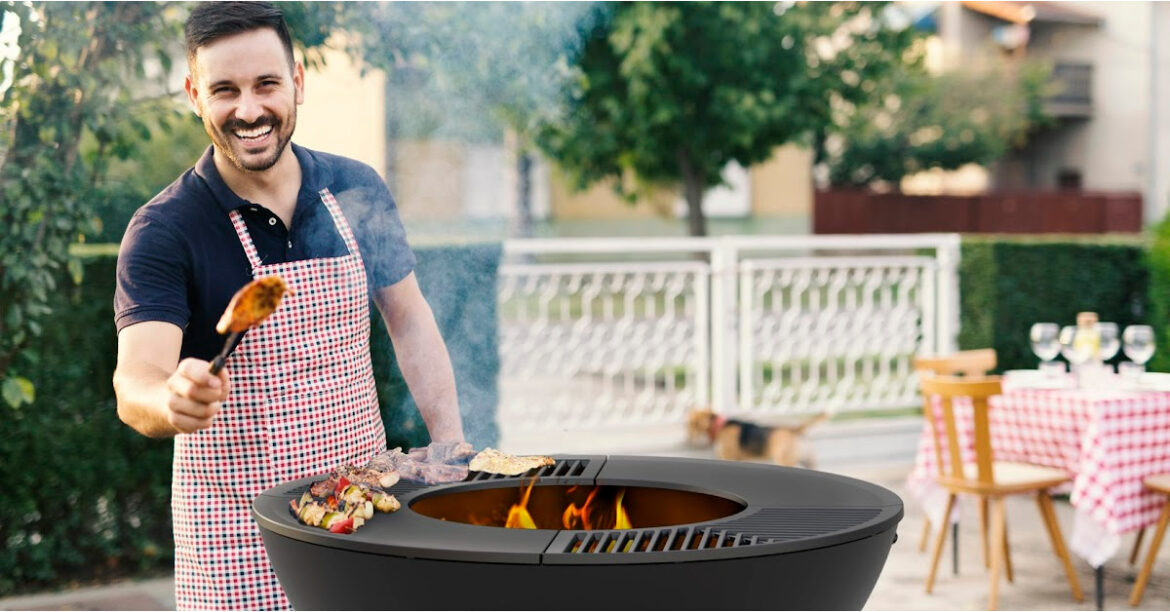
Photo by Hearthstone
Ribs Rack
If you’re a fan of mouthwatering ribs, a ribs rack is a must-have. This accessory allows you to grill multiple racks of ribs simultaneously, optimizing your grill space and ensuring evenly cooked, tender ribs every time.
Grill Rotisserie Basket
Expand your grilling horizons with a grill rotisserie basket. Perfect for cooking delicate items like fish fillets or smaller veggies, this accessory ensures they’re evenly cooked and infused with that irresistible grilled flavor.
Grill Plancha
For a versatile cooking surface, consider adding a grill plancha to your arsenal. This flat-top grill accessory is excellent for cooking a wide range of foods, from pancakes to stir-fries, providing consistent heat and exceptional searing capabilities.
Fish Accessories
If you’re a seafood enthusiast, don’t forget fish accessories. From fish baskets to grilling planks, these tools make it easy to grill fish to perfection, preserving its delicate texture and enhancing its flavor.
Pizza Stone
A pizza stone is an essential BBQ accessory that enhances your grilling experience. This thick stone evenly distributes heat on your grill, ensuring crispy and perfectly cooked pizzas. It’s not just for pizza; you can also use it for baking bread and other delectable treats, making it a versatile addition to your outdoor cooking arsenal. Elevate your BBQ game and enjoy restaurant-quality pizzas and more right from your grill.
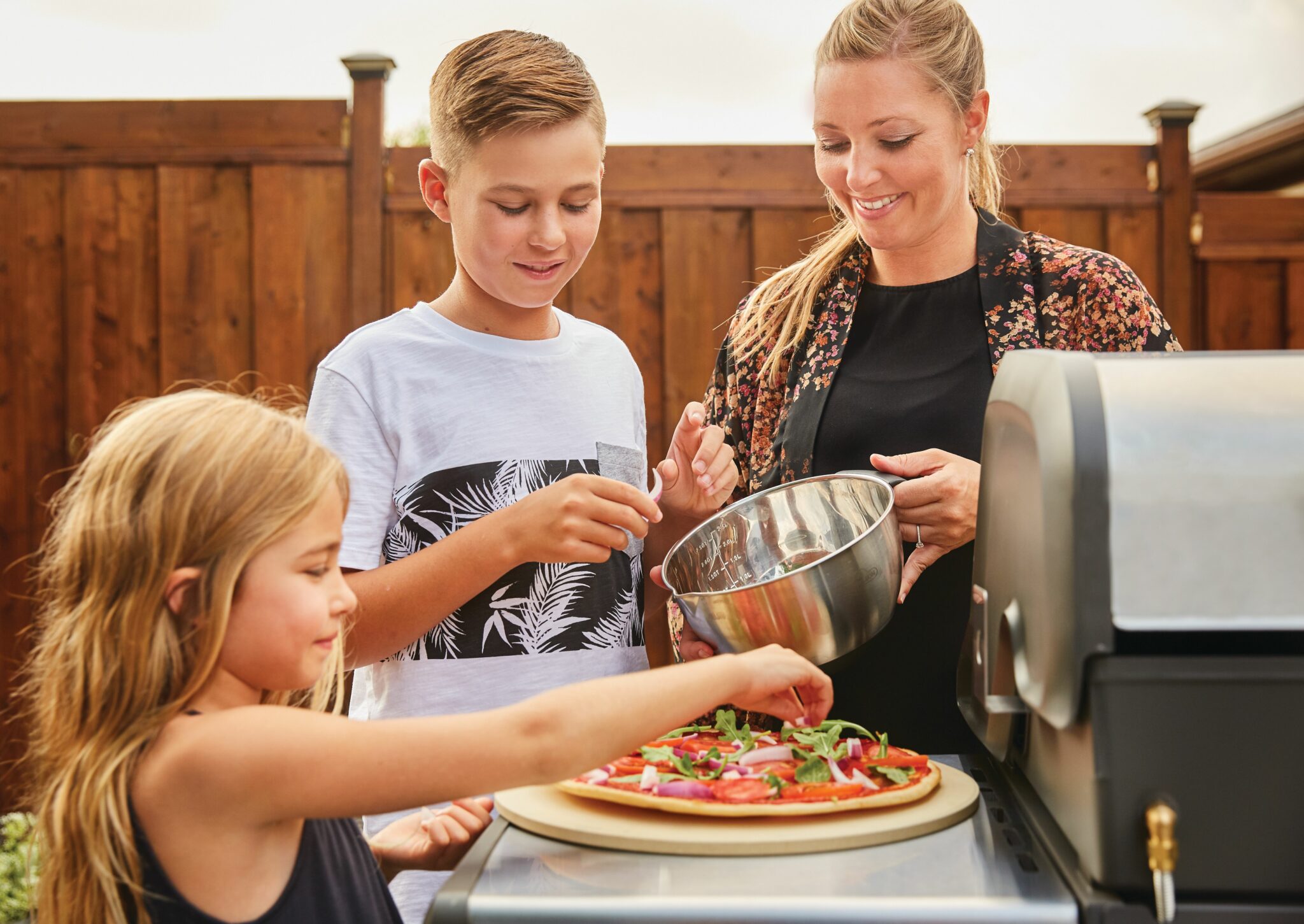
Pizza Stone by Napoleon
In summary, the world of BBQ accessories offers a wide array of tools to enhance your grilling experience. From essential items like gloves and grill thermometers to innovative additions such as wine-soaked cedar planks and pizza stones, these accessories elevate your outdoor cooking game. They provide precision, convenience, and safety, making your BBQ adventures even more enjoyable. So, whether you’re a seasoned grillmaster or a casual griller, these accessories can help you create mouthwatering meals and unforgettable moments. Upgrade your toolkit and become the ultimate grill enthusiast. For more information and to purchase these fantastic accessories or an amazing bbq, reach out to your local WE LOVE FIRE® dealer and take your grilling game to the next level. Happy grilling!
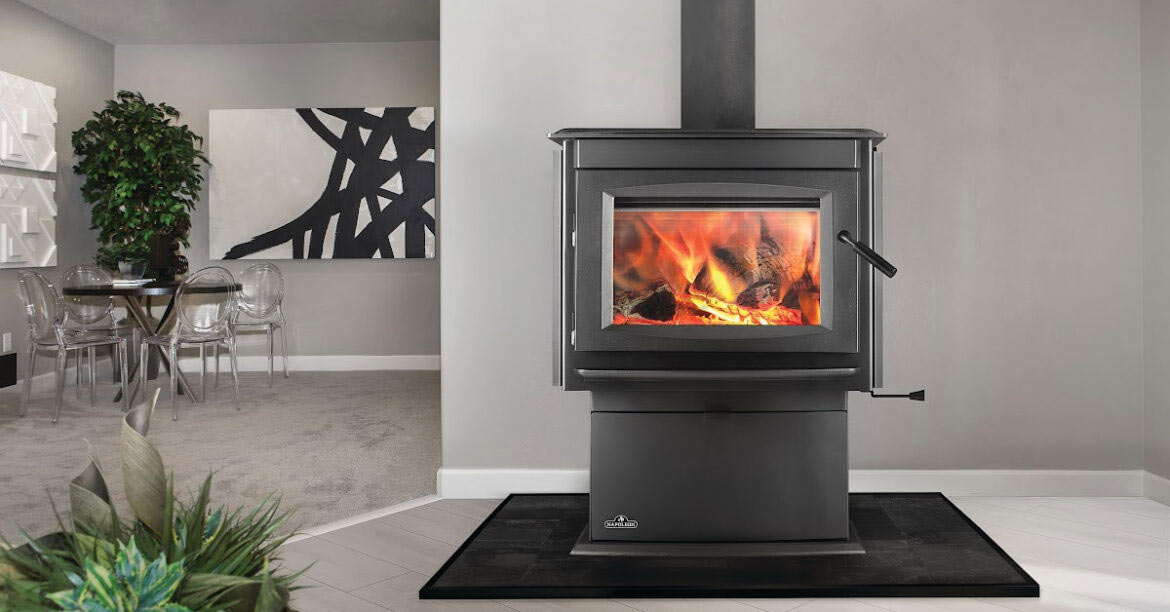

 Elevate your grilled or baked dishes with a Himalayan pink salt slab. Mined from the Himalayas in Pakistan, this natural, iron-rich mineral salt is renowned for its purity. When heated gradually on your grill, it imparts a unique flavor and presentation to your food that’s sure to impress your guests.
Elevate your grilled or baked dishes with a Himalayan pink salt slab. Mined from the Himalayas in Pakistan, this natural, iron-rich mineral salt is renowned for its purity. When heated gradually on your grill, it imparts a unique flavor and presentation to your food that’s sure to impress your guests. Vegetable lovers, rejoice! Woks aren’t just for stir-fries; you can use them on the barbecue too. Whether you’re cooking up a side dish or a whole chicken on a beer can, there’s a wok for the job. Experiment with diverse flavors and textures right on your grill.
Vegetable lovers, rejoice! Woks aren’t just for stir-fries; you can use them on the barbecue too. Whether you’re cooking up a side dish or a whole chicken on a beer can, there’s a wok for the job. Experiment with diverse flavors and textures right on your grill.



